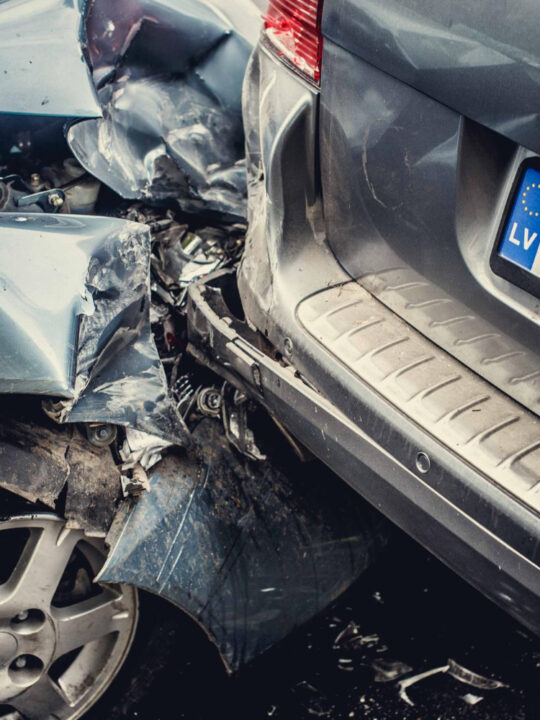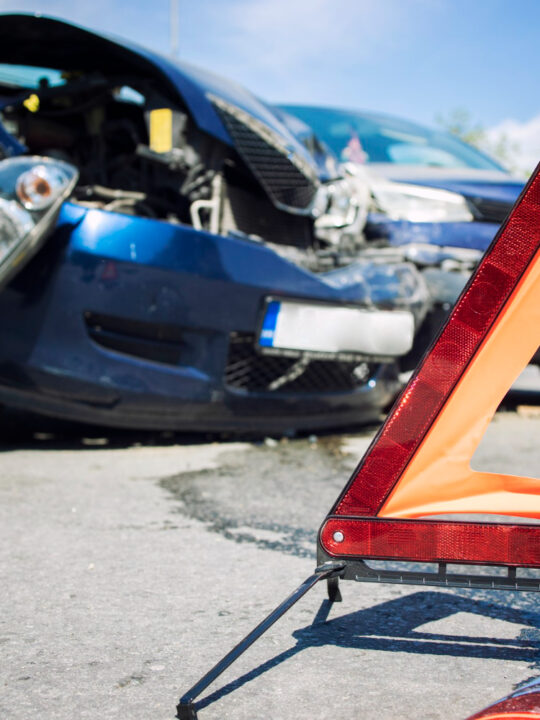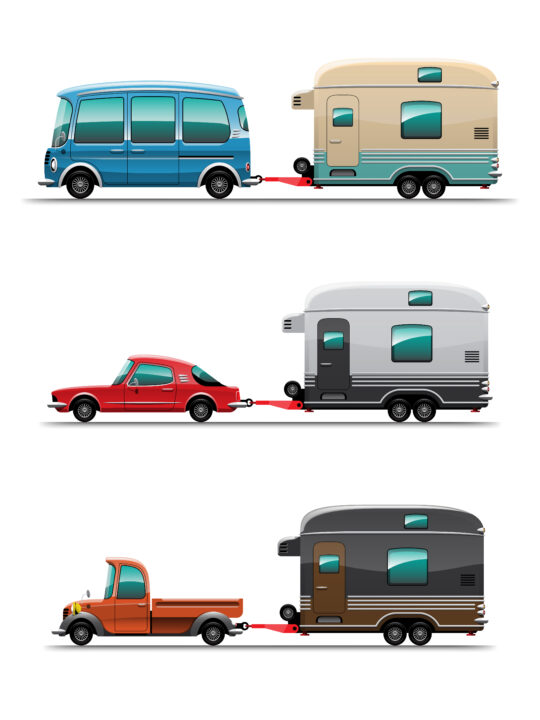
When car accidents happen, you normally expect the at-fault motorist’s insurance company to pay for your damages. However, it can be an unpleasant surprise if the other motorist is uninsured, doesn’t have enough coverage to pay for the damages you sustained, or hits and flees the scene without you knowing who their insurer is.
Unfortunately, according to a 2017 study by the Insurance Research Council nearly 1 in 8 drivers does not carry insurance – a number that has been rising since 2010. This number can be higher depending on the state; for example, in Florida a staggering 26.7 percent of motorists have no auto insurance. If you don’t carry a sufficient amount of underinsured motorist insurance, you could find yourself coming out of pocket to pay your expenses.
What Is Uninsured Motorist Coverage?
Uninsured motorist coverage means that your insurance company will pay if someone doesn’t have insurance to cover injuries and damage caused to your and your passengers in the event of a wreck; many insurers will also pay after a hit and run accident. Surprisingly, only 18 states and the District of Columbia require you to carry this coverage on your policy. Even though New Hampshire doesn’t require drivers to carry car insurance, if they purchase it they must also have uninsured motorist coverage.
A positive aspect of uninsured motorist coverage is it usually includes coverage for underinsured motorists. This means that if the insurance policy limits of the at-fault driver won’t cover the full extent of your damages, your insurer will step in and pay most or all damages their insurance company will not. This is useful in states which have a low mandatory minimum requirement that drivers must carry for bodily injuries caused in an accident. California and Arizona require drivers carry $15,000 in bodily injury coverage, while Florida only requires $10,000 in coverage. This often doesn’t even begin to cover injuries you sustain in a car accident, especially when severe injuries requiring extensive treatment occur. Without underinsured motorist coverage, you may find yourself paying these costs.
Pursuing Compensation Through the At-Fault Driver’s Insurance
In some states, you may be able to pursue damages from the at-fault driver’s insurer even if the damages exceed the policy limits. Many people pursue legal action against drivers who cause injuries that exceed the amount of coverage they carry through their auto insurance policy. Under laws such as California Insurance Code Section 11580, if you secure a judgment against the defendant, you may then bring a lawsuit against the insurance company of the defendant and seek payment of the legal judgment you obtained by the insurance company.
Accidents happen, but most people don’t realize beforehand the potentially devastating consequences that may occur if they aren’t prepared in case the unthinkable occurs. If you have questions about auto insurance or have been injured in a car accident, talk to an experienced personal injury attorney. They canreview the facts of your case, answer your questions, and help make sure you’re protected.







